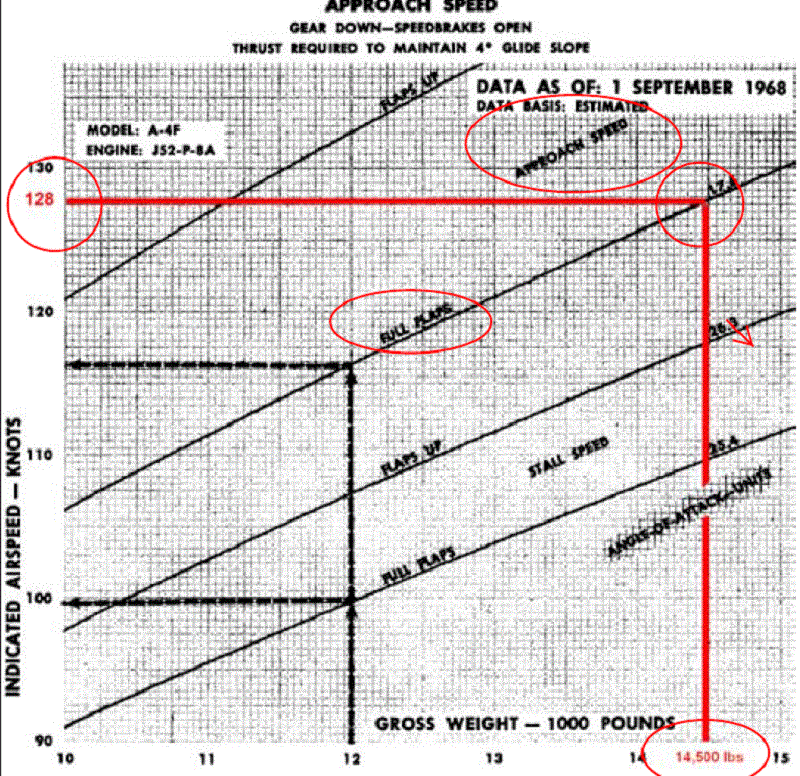Thanks 'Engines' I'll guess you were thinking about the F-35C with your reply. 'Sharkey' Ward flew the RN F-4 before transitioning to the Hairier
AFAIK. Two A4G videos in slow motion - particularly the 'arrest' show how the pilot reacts to the forces being applied. In this case the A4G can be in a range of KIAS (depending on aircraft weight at Optimum Angle of Attack) whilst decelerating on arrest in less than 300 feet (the last wire No.6 from Sea Venom/Gannet era of HMAS Melbourne was removed for A4G/S2E/G because there was not enough room for arrest).
True story: An A4G pilot - not me - arrested onboard at least twice when NOT 'harness locked'. Luckily helmet visor was down preventing face injury as it hit the gunsight with force. Why was this so? A long story indeed.
IIRC USN pilots mention 3-4 lateral G for their catapulting these days down the approx. 300 foot cat track to get to flying speed at usual launch weights. VX-23 test pilots ashore using land catapults go up to 6G during testing they claim IIRC. A4G pilots rattled down the 100 foot track at 6G regularly - it is as though one is THUMPED in the chest by a closed fist with all the power one can stand - in less than two seconds.
Regarding an A4G arrest at wheelspeed of say 100 knots to zero in say 275 feet I would comment the first one was just bewildering indeed. It is nothing like a land arrest on a runway short field arrest with some 1,000 feet of run out to stop. My first arrest was followed by first catapult which is always followed by a send home for newbies because how much can a KOALA BEAR in one day.

For sprog pilots such as meself this was my first arrest and catapult ever (poorly trained by RAAF crabs initially for carrier aviation).

Catapult pilots have their heads back against the ejection seat headrest in preparation for the launch so in the case of the A4G there is no head movement. In videos we see the heads of the USN jet people bobbing up and down initially (which is an issue for the F-35C at moment when aircraft at light launch weights such as for CarQual).
Graphic from A-4E/F/G NATOPS shows relationship between Skyhawk weight and Optimum Angle of Attack airspeed for an arrested carrier approach. The MELBOURNE LSO Notes show Maximum Engage Wheelspeed for the A4G to be 107 Knots. If one follows 'Engines' explanation then Approach KIAS at a specific allowed weight with a specific WOD may be deduced. The red lines/circles show the max. arrested landing weight of 14,500 lbs with Opt AoA airspeed of 128 so if the max arrest wheelspeed is 107 then the WOD (combined ship speed [which MELBOURNE could achieve max 21 knots] and wind speed down the angle deck should be more than eleven knots. There would be a buffer for sudden reductions in wind speed. MELBOURNE at 21 knots was a sight to behold & experience - the shaking - oh the horror.

 A4G Arrest HMAS Melbourne & Hook Runner Slow Motion
SLOW MOTION Catapults A4Gs 886 & 889
A4G Arrest HMAS Melbourne & Hook Runner Slow Motion
SLOW MOTION Catapults A4Gs 886 & 889